Founded in 1878, the Daum crystal factory in Nancy is still today a factory recognized for its know-how. It owes its renown to the master glassmaker Antonin Daum who, through his creativity and marketing sense, managed to raise a business on the verge of bankruptcy to the rank of a major luxury brand.
Summary
Daum, a family story
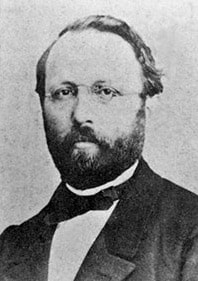
In the 1870s, following the Franco-German war, Alsace-Lorraine was annexed by the German Empire. The Treaty of Frankfurt, however, allowed French citizens who wished to do so to retain French nationality if they left the region. It is in this context that several tens of thousands of French people chose to immigrate, notably to Nancy which, thanks to a strong influx of labour, capital and ideas, became one of the main epicentres of Art Nouveau.
Jean Daum (1825-1885), a notary in the town of Bitche, was one of these immigrants: he sold his office and settled in Nancy in 1876. He financed the Sainte-Catherine glassworks, but the business was in difficulty, so much so that in 1878 he decided to buy it back to save it from bankruptcy. He became the director without knowing anything about the art of glassmaking.
When he died in 1885 his son Auguste took over the reins of the company. He was joined two years later by his brother Antonin, freshly graduated from the Ecole Centrale des Arts et Manufactures in Paris.
Antonin Daum and artistic orientation
The two brothers soon found their own organisation: Auguste took over the management of the company; Antonin was in charge of creation. Antonin Daum thus set up an artistic department and developed in about twenty years a catalogue of nearly three thousand references using increasingly elaborate techniques.
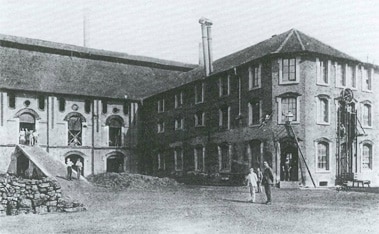
The consecration came in 1893 with the recruitment of Jacques Grüber, the first Daum artist, who designed several pieces for the Chicago World’s Fair. The company’s success was evident and distinctions would continue to rain down in the years that followed, making Daum a benchmark company in the glass art industry. Now fully engaged in this artistic activity, Daum creates its own drawing school that trains the company’s future talents.
When Auguste Daum died in 1909, Antonin shared the responsibilities of the flourishing company with Auguste’s three sons: Jean, Henri and Paul until his death in 1930.
Daum and marketing
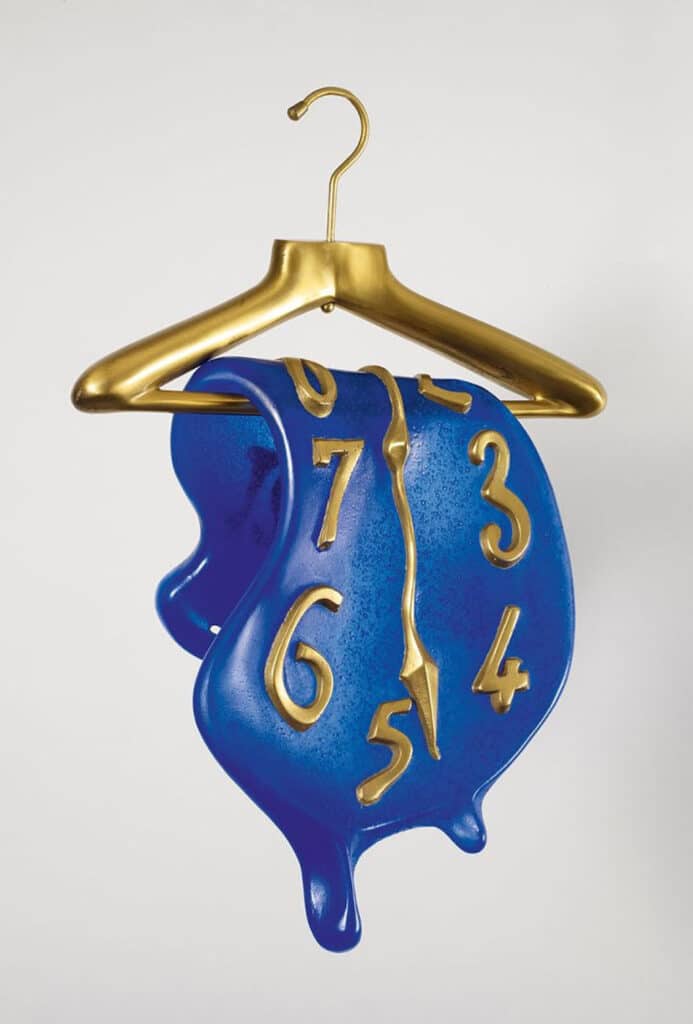
The Daum children will continue to develop and modernize society. In the 1920s they redirected the collection towards the new fashionable style: decorative art. After the Second World War, faced with a shortage of pigments, they developed transparent pieces as utilitarian as they were decorative, such as glasses and cups.
In the 1960s, Jacques, Auguste’s grandson, understood the interest of marketing and communication. In order to develop the company, he joins forces with great contemporary artists such as César and Salvador Dali. These collaborations allowed him to modernize the art of glassmaking while making it known to as many people as possible.
Daum crystal paste
At the beginning of the 1900s, Almaric Walter developed glass paste by taking up a technique that had disappeared. In 1968, the method, which had been put on the back burner for a while, was once again brought up to date by developing it into Daum crystal paste. It is a mixture of cold-moulded and vitrified crystal pieces.
This method uses the complex technique of lost wax which justifies the high prices of some of the Daum pieces. First, a model of the shape of the work must be sculpted and then an elastomer mould is made. The mould is filled with hot wax which takes the shape of the work, a negative plaster mould is created around the wax work which is then filled with glass paste. The master glassmaker then uses several magnifying glasses of different colours to give the work its final shade, a technique that makes each work different since we will never be able to obtain identical shades. The mould is heated to 900° for a period of 10 to 20 days and then the plaster mould is broken to recover the glass work.
This technique is still used today but its complexity makes Daum the only crystal maker in the world to really master it.
Daum today
In 1985 the company is sold and leaves the Daum family. It is now owned by the financier Prosper Amouyal through the holding company Financière Saint-Germain.
The reputation of Daum pieces continues to grow, they are now considered as real works of art, several are also exhibited in museums and particularly at the Fine Arts museum of Nancy.

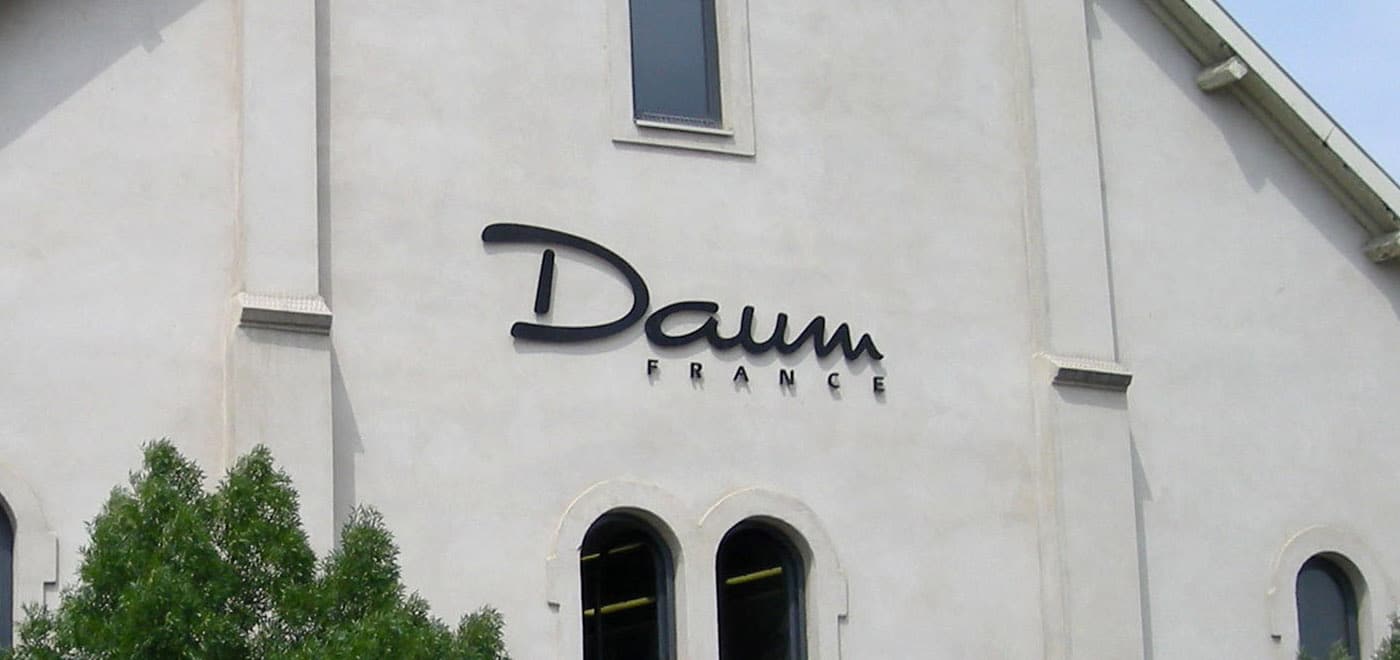

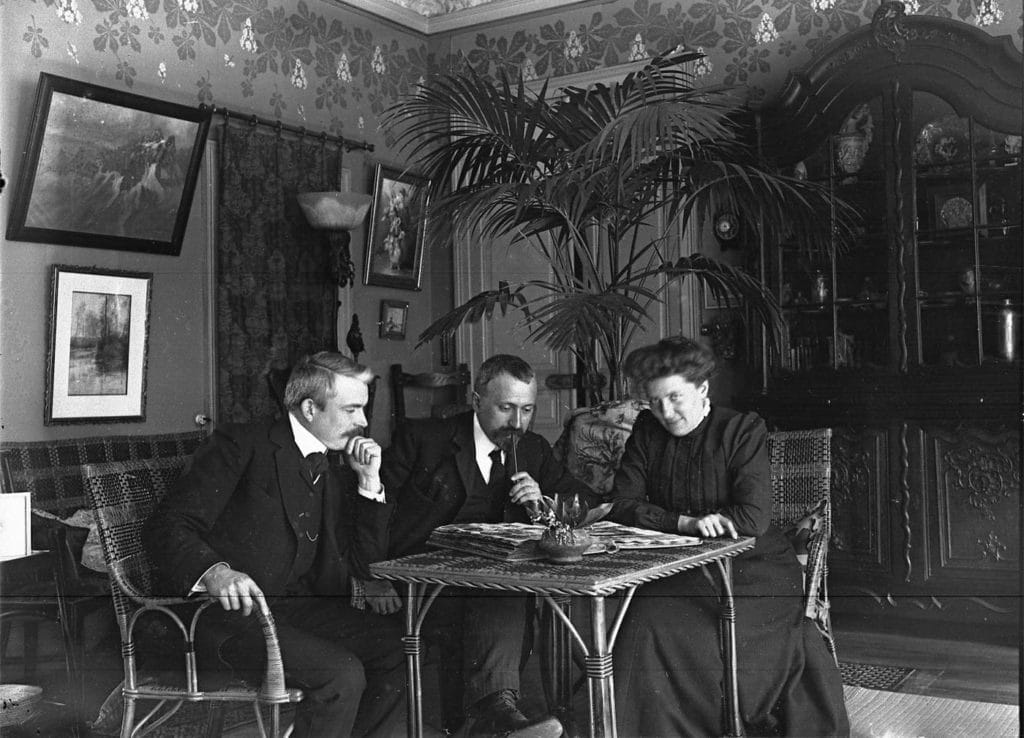

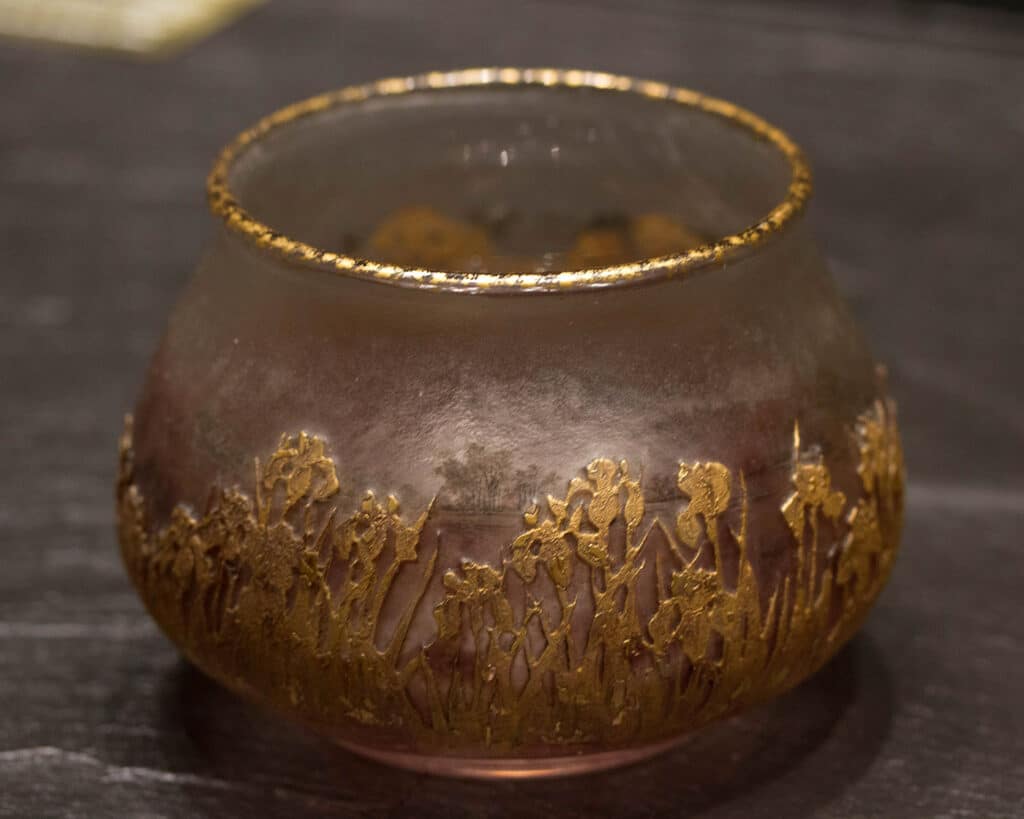
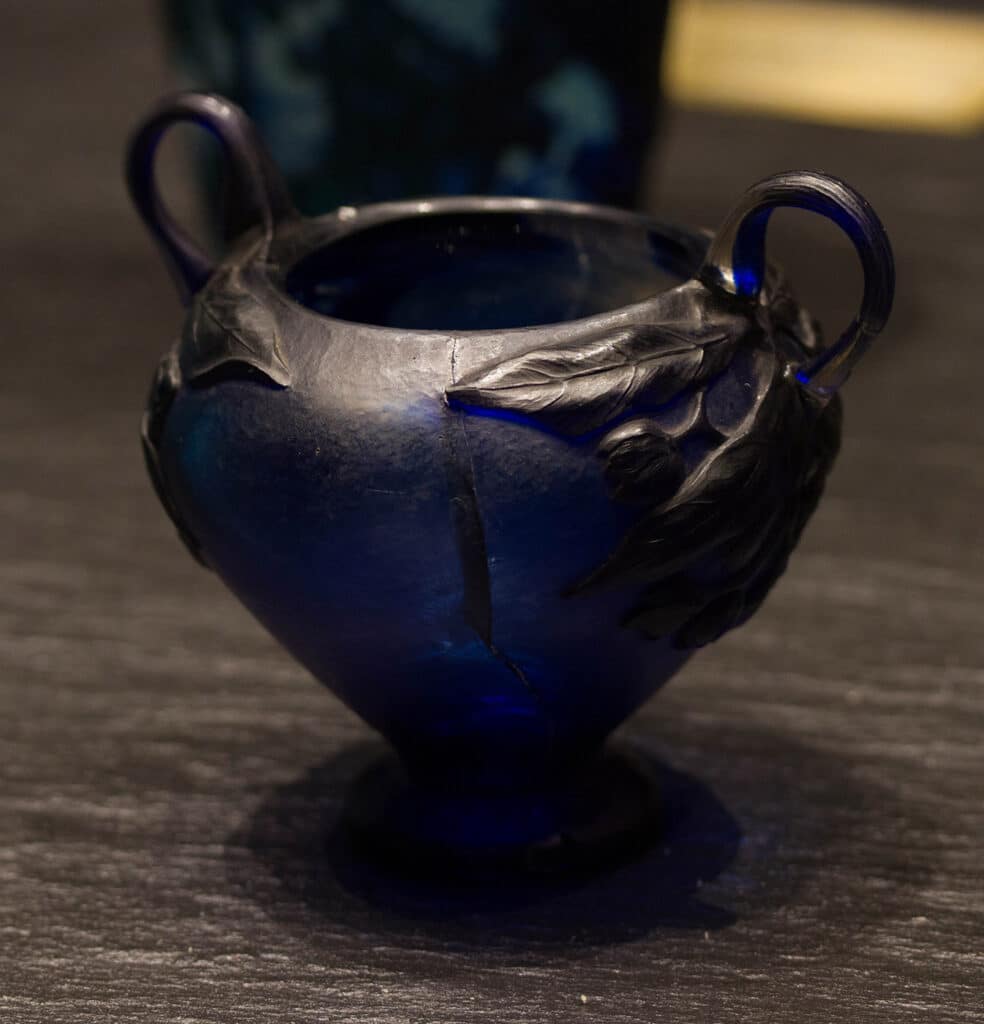


No Comments
Leave a comment Cancel